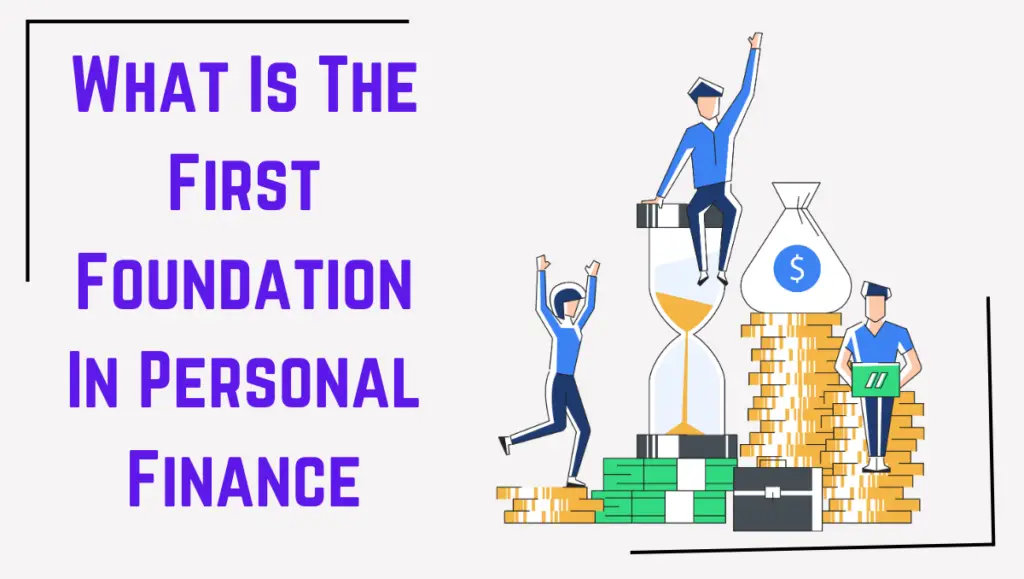Buy Now, Pay Later (BNPL) services like Simpl, Lazypay, and Amazon Pay Later are booming in India, offering instant gratification with “zero-cost EMIs” and “interest-free loans.” But behind the convenience lies a darker reality. While BNPL seems like a quick fix for budget-friendly shopping, its misuse can lead to financial pitfalls. Let’s uncover the hidden risks of BNPL in India and why you should think twice before swiping that “Split Payment” option.
What is BNPL, and Why is It So Popular in India?
BNPL allows consumers to purchase products immediately and pay in small installments later, often without interest (if repaid on time). Its rise in India is fueled by:
- Millennial & Gen Z appeal: Easy access via apps like Flipkart’s “Flipkart Pay Later.”
- No credit card requirement: Perfect for first-time borrowers.
- Aggressive marketing: “Shop now, worry later!” campaigns target impulsive buyers.
But as BNPL adoption skyrockets (expected to hit $45-50 billion in India by 2026), so do its risks.
What are 5 tips for effective credit card use
The Dark Side of BNPL: 5 Hidden Risks in India
1. Debt Spiral: The Silent Trap
BNPL’s “small installments” mask the bigger picture. Users often sign up for multiple BNPL services, leading to overlapping payments. A 2023 RBI report warned that 1 in 3 BNPL users in India struggles with repayment, risking a debt cycle.
Example: Riya, a 24-year-old from Mumbai, used four BNPL apps for fashion purchases. She now owes ₹35,000 with late fees piling up.
2. Hidden Fees & Sky-High Interest Rates
Miss a payment? BNPL isn’t free anymore. Platforms like ZestMoney charge up to 18-24% interest on overdue amounts, along with penalties. Many users overlook the fine print, assuming it’s “interest-free.”
3. Credit Score Damage
While BNPL doesn’t always require a credit check, defaults are reported to credit bureaus like CIBIL. A poor credit score can haunt you for years, affecting loans, credit cards, and even job opportunities.
4. Overspending & Impulse Buying
BNPL removes the psychological barrier of paying upfront. A CRISIL study found that BNPL users in India spend 40% more than they initially planned, leading to buyer’s remorse.
5. Lack of Regulation
India’s BNPL sector operates in a regulatory gray area. Unlike traditional loans, BNPL isn’t strictly governed by RBI guidelines, leaving consumers vulnerable to predatory practices.
How to Use BNPL Responsibly in India
- Treat it as a loan, not free money: Budget repayments.
- Limit BNPL apps: Stick to one platform.
- Set reminders: Avoid late fees.
- Read terms carefully: Check interest rates and penalties.
Watch also: Basics of Personal Finance
The Bottom Line
BNPL isn’t inherently evil—it’s a tool. But in a country where 76% of Indians lack emergency savings (NSSO 2023), unchecked BNPL reliance can spell disaster. Before clicking “Buy Now, Pay Later,” ask yourself: “Can I afford this today?”
FAQ Section
Q1: Does BNPL affect my CIBIL score?
A: Yes! Defaults are reported to credit bureaus, lowering your score.
Q2: Are BNPL services regulated in India?
A: Not strictly. The RBI is still evaluating guidelines, so tread carefully.
Q3: What happens if I miss a BNPL payment?
A: You’ll face late fees, high interest, and potential credit damage.
Found this helpful? Share this post to warn friends and family about BNPL risks! For more financial tips, subscribe to our newsletter. 💡

